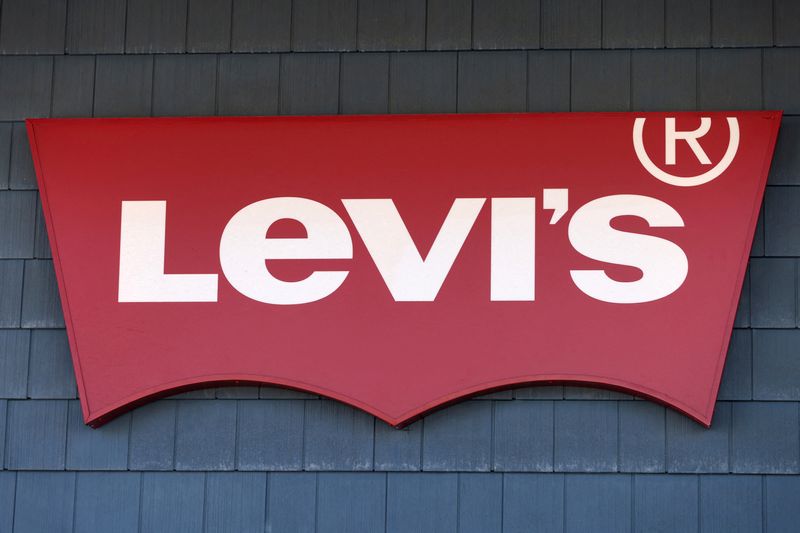What is a Bond?
A bond is a fixed-income instrument that refers to a loan made to a borrower by an investor. Usually, the borrower may be a company or a government entity. A bond gives the bondholder an entitlement to a future payment. Usually, companies or government bodies use them to generate finance to fund their projects.
There are various characteristics that bonds may have. For example, they may come with a maturity date or a face value. Among those characteristics, a crucial one is the coupon rate of a bond.
What is the Coupon Rate of a Bond?
A bond’s coupon rate is the rate at which the bondholder will receive interest payments. The coupon rate usually represents the annual interest rate on the bond. Similarly, the coupon rate applies to the face value of the bond. When an investor receives a bond in exchange for lending money, both parties agree on the coupon rate. For most bonds, the coupon rates are predetermined and mentioned.
The bond issuer has to pay interest to the bondholder based on the coupon rate of the bond. The payments occur at the end of each specified period and continue until the bond’s maturity date. At the maturity date, the lender or investor receives their initial investment back. Therefore, the issuer does not have to make any further payments to them.
What is the formula for the Coupon Rate?
Investors must obtain some information related to the bond to calculate its coupon rate. Firstly, they must determine the face value or par value of the bond. After that, they must verify the number of periodic interest payments they will receive annually. Once they calculate the value of periodic payments, they can calculate the total coupon payment.
Lastly, they can calculate the bond’s coupon rate by dividing the annual coupon payment by the bond’s par value. They can convert it into a percentage by multiplying it by 100%. Based on these steps, the formula to calculate the coupon rate of a bond is as follows.
Coupon Rate of a Bond = Total Annual Coupon Payment / Par Value of Bond x 100%
For example, a bond offers a total annual coupon payment of $50. The bond’s par value is $1,000. Therefore, its coupon rate will be 5% ($50 / $1,000 x 100).
What are the uses of Coupon Rates?
Almost every bond that investors may obtain will have a coupon payment. For bonds, the coupon payment is a fixed amount over its lifetime. Therefore, investors can calculate the returns they will get from investing in a bond using the coupon rate. However, the coupon rate doesn’t only help in the calculation of coupon payments.
A bond’s coupon rate can also indicate whether it will trade at a premium, discount, or par. If the bond’s coupon rate is higher than the market interest rate, it will trade at a premium. However, if it is lower than the market interest rate, it will trade at a discount. Lastly, when the bond’s coupon rate matches the market interest rate, it will trade at par.
Conclusion
A bond is a fixed value instrument that investors can obtain by providing a loan to an entity. It comes with various characteristics, one of which is the coupon rate. The coupon rate of a bond represents the rate at which investors will receive future coupon payments.
Further questions
What's your question? Ask it in the discussion forum
Have an answer to the questions below? Post it here or in the forum


